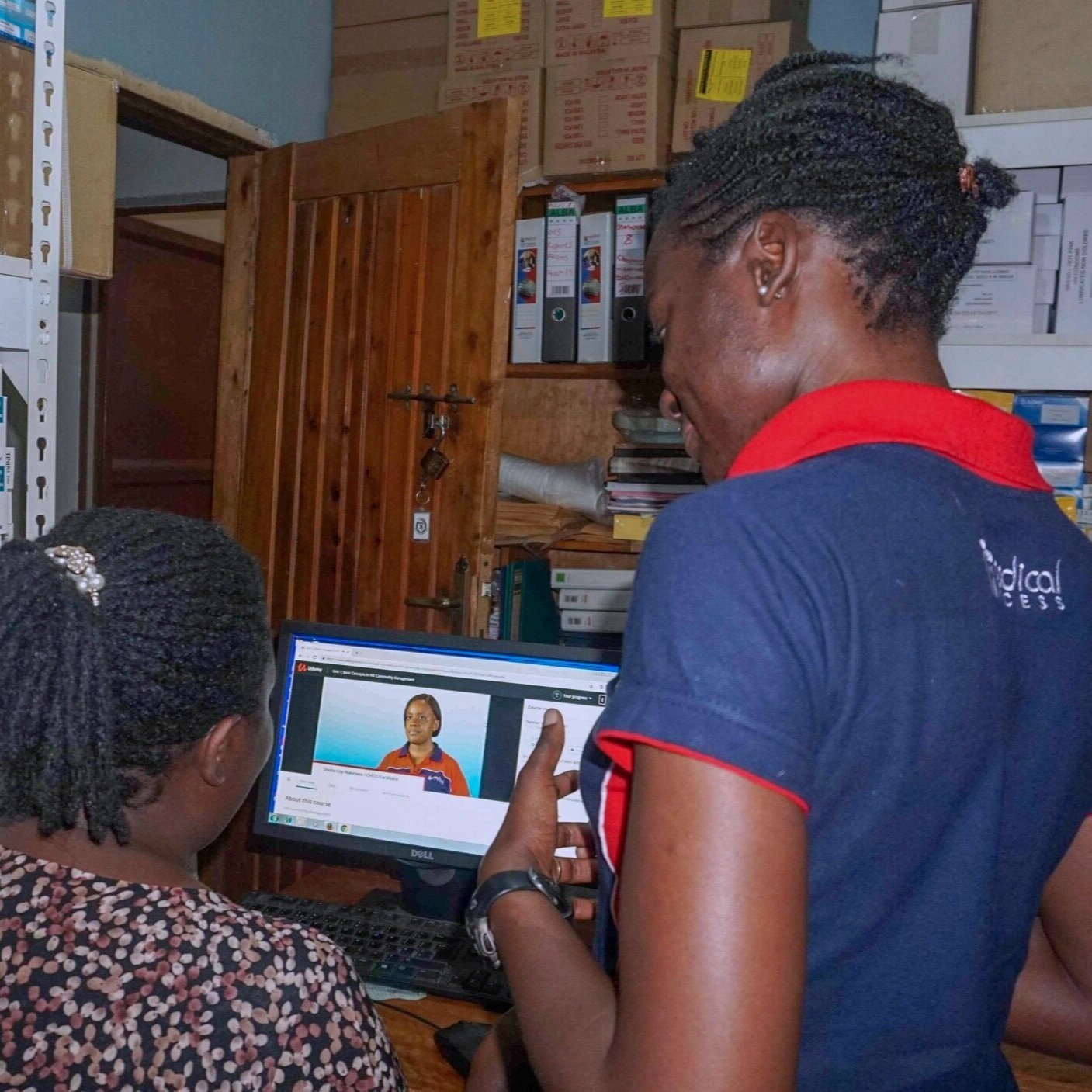
Medical Access’ digital tools put smart logistics at your fingerprints to help build more reliable, efficient and agile supply chains.
-
To achieve efficient and compliant procurement results, the Medical Access eProcurement System (MePs), automates critical tasks across the procurement lifecycle to achieve the following benefits:
a) Reduce procurement cycle times significantly by centralizing processes that were once decentralized and time-consuming.
b) Create greater visibility across the entire procurement lifecycle to enable better procurement risk mitigation.
c) Reduce contract development time.
d) Enhance procurement process controls by automating and simplifying all required approval processes.
e) Achieve administrative cost savings by reducing the use of paper records and disconnected offline monitoring tools and trackers.
-
Medical Access utilizes the SAP warehouse inventory management system (WIMS) to manage and control daily warehouse operations, from the moment commodities enter the fulfillment center until the moment they leave.
With real-time visibility of the entire inventory, in warehouses and in transit, WIMS enables improved operational efficiency, reduced waste and costs and better customer relationships due to faster order fulfillment and fewer inaccuracies.
-
MA developed a mobile real-time electronic proof-of-delivery (ePod) notification system to improve supply chain visibility by providing instant information on deliveries made to health facilities.
The application ensures that the chain of custody for commodities is passed on to authorized personnel at service delivery points while providing real-time proof and instant notification of deliveries, including a GPS location stamp for each service delivery point reached. This system has successfully eliminated commodity loss in transit and provided full accountability for deliveries made.
-
Barcoding technology has played a critical role in improving inventory management practices by providing real-time data on inventory levels, allowing for timely replenishment of stock, and reducing the risk of stockouts. This has ensured that commodities are available when needed and has ultimately contributed to the success of projects managed by Medical Access.
The use of barcoding technology has also enabled more efficient handling of inbound and outbound products, reducing the time required to process and track products. This has improved supply chain efficiency and contributed to faster delivery of commodities to their intended destinations.
-
Medical Access has implemented GS1 technology to enhance track and trace capabilities through serialization, which provides globally standardized unique identification of items, assets, logistic units, clients, and locations.
This implementation has resulted in several benefits, including improved supply chain efficiency, compliance with global standards, and enhanced security, traceability, and accountability. The use of serialization has also enabled the prevention and detection of counterfeit products, which is critical for ensuring the safety and efficacy of pharmaceuticals and medical supplies.
-
Medical Access operates a Fleet Management System to ensure efficient and cost-effective management of its fleet. The system provides comprehensive tracking of costs, performance, budgets, and vehicle KPIs, enabling optimization of vehicle performance, reduction of operational costs, and improvement of efficiency and safety. Automated fleet reports generated by the system provide real-time insights into fleet operations, allowing for timely decision-making and proactive management.
-
Medical Access uses cloud-based temperature monitoring devices in its fleet, warehouses, and cold rooms to achieve real-time online temperature and humidity readings.
-
MA developed the Supervision Performance Assessment and Recognition Strategy Plus (SPARS+) mobile application tool to enhance the efficiency of support supervision and enable real-time data collection for site assessment. The tool transformed the paper-based SPARS tool into an electronic data collection tool, providing real-time data capture, visibility, and easy data consolidation of all components of the SPARS. The mobile tool also provided a geolocation stamp that acts as proof of the visits, enhancing the transparency and accountability of the data collected.
The SPARS+ mobile application has been instrumental in identifying areas of weakness in health facility logistics management and enabling targeted interventions to address them. By providing real-time data on health facility performance, the tool has enabled Medical Access to monitor progress and identify areas for improvement, ultimately leading to better program outcomes.
-
The MaTHSS Model is an innovative approach aimed at improving site-level performance in healthcare. This model specifically focuses on identifying and supporting weaker performing health facilities to improve their logistics management capacity.
To assess health facility performance, the MaTHSS model uses the SPARS+ tool.
-
Using the Enspire HR management system, Medical Access efficiently manages various HR processes, including payroll processing, time management, leave management, and organizational management. The system also provides project and timesheet management capabilities.
This has enabled MA to achieve several benefits, such as customized and automated payroll processing by accurately tracking every adjustment and compensation, streamlined employee approval processes, and improved accounting accuracy by integrating with the SAP ERP system.
-
Medical Access utilizes the SAP software for financial planning and analysis, accounting, financial close and tax management, treasury management, as well as accounts receivable, billing, and revenue management. This software has been instrumental in ensuring the successful management of public health grants and projects, providing donors with complete transparency, timely accountability, and desired impact.
With SAP, MA has been able to streamline financial processes, improve accuracy, and reduce the risk of errors. The system's robust reporting capabilities have allowed for efficient financial planning and analysis, while its integration with other modules has facilitated seamless accounting and financial management.
-
Medical Access' supply chain control tower is equipped with powerful analytic and reporting tools, including fully integrated Crystal Reports that gather data from multiple sources to generate timely and accurate reports based on company-wide data.
The control tower utilizes in-memory computing for real-time access and predictive analysis through predefined dashboards and reports. Additionally, productivity tools are available to support decision-making, and the control tower has track and trace capabilities.
e-Learning Platform Built from Practical Experience
Medical Access has developed an open source, user-friendly custom learning platform that facilitates continuing professional development in a wide-range of supply chain related topics.
Features Include:
✔ Security and privacy compliance with Global Data Protection Regulation (GDPR) and Learning Management System (LMS) standards
✔ Provides interactive live sessions with breakout room capabilities, webinars, gamification, multilingual support for over 100 languages, and mobile learning
✔ Social learning features such as chat rooms, message boards, and discussion forums and polls
✔ Easy integration with other systems and third-party applications
✔ Intuitive reports and dashboards to analyse performance of learners, facilitators, and the platform.

In Action
Learn how we supported the Uganda Ministry of Health to optimize stock and inventory management and reporting.
Digitalizing Uganda’s supply chain for primary health care


